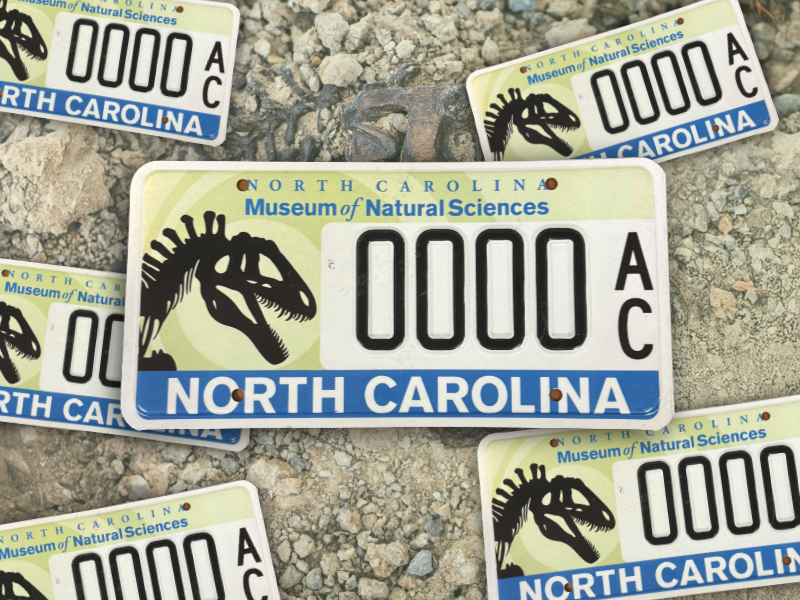
Dinosaur Plates Now Available
December 17, 2025
The NC Museum of Natural Sciences specialty license plate featuring one of the Museum’s most iconic dinosaurs on exhibit — Acrocanthosaurus, the “Terror of the South” — is now available! With each $30 specialty plate purchase, $20 goes directly to the Friends of the N.C. Museum of Natural Sciences — the nonprofit that supports the… Read More >
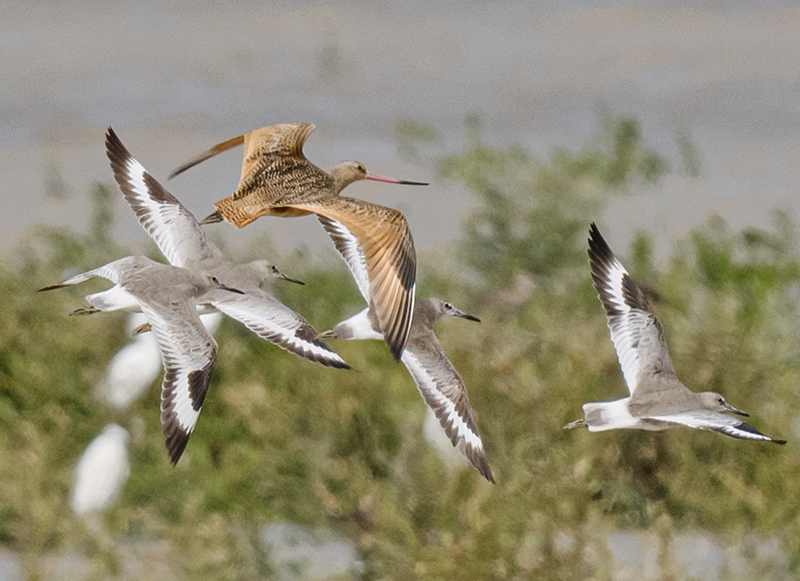
Meet the Marbled Godwit
December 15, 2025
With cinnamon-colored feathers, a long, upturned bill and a curious name, the marbled godwit is distinctive in many ways. And when Museum ornithologist Dr. Brian O’Shea and colleagues spotted a small number of these birds during January fieldwork it wasn’t just cool, it was significant. In a new paper published in the Journal of Caribbean… Read More >
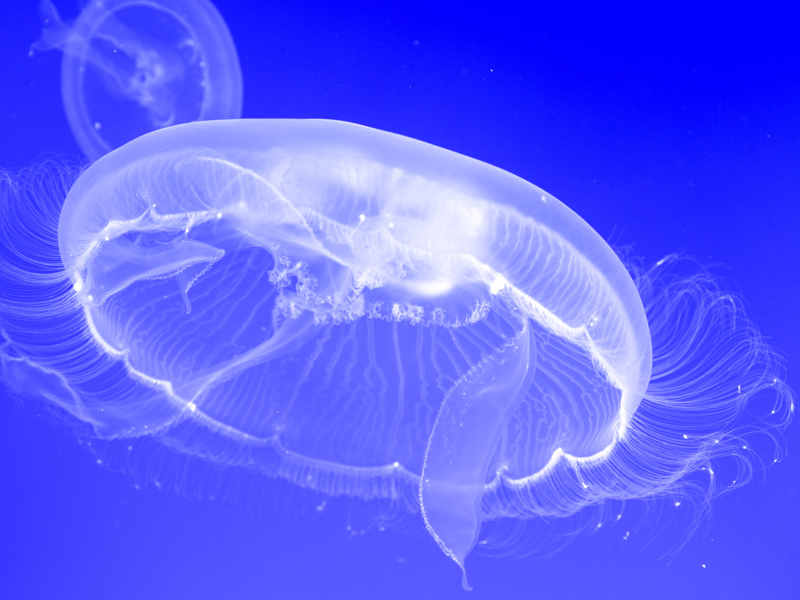
Raising Moon Jellies
December 9, 2025
Tucked away in a nondescript room just outside the public eye lies an impressive jellyfish production line. Ten tanks of various shapes and sizes, linked by PVC and plastic tubing, help keep this homemade marine ecosystem flowing. At the head of this set-up is Museum fish and invertebrate specialist Tom Fenske. Fenske has 35+ years… Read More >
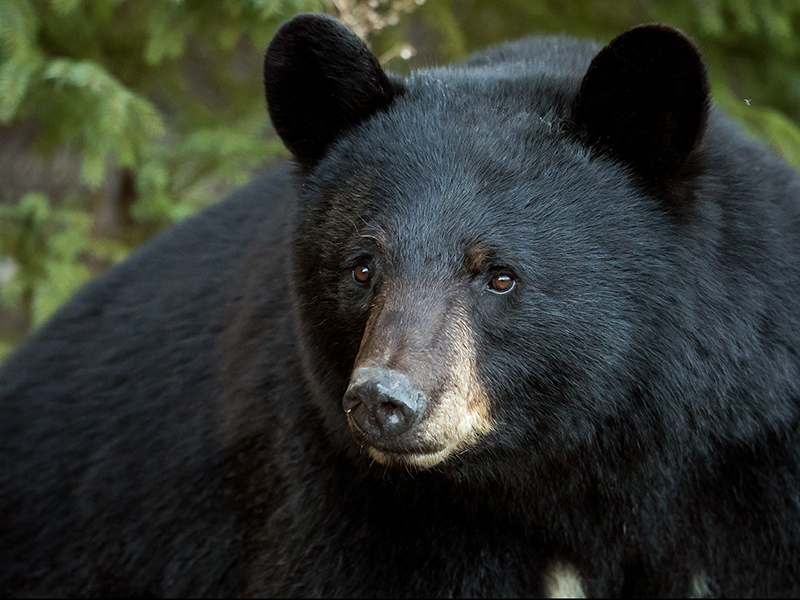
What NC’s Black Bears Can Teach Us
December 1, 2025
From North Carolina’s pocosins to the hollows, black bears shape wild spaces with persistence, silence and strength. Learn more about these quiet giants with Our State Magazine’s Dr. Eleanor Spicer Rice as she travels to the North Carolina Museum of Natural Sciences to meet with the Head of Mammalogy Dr. Mike Cove. “I think if… Read More >
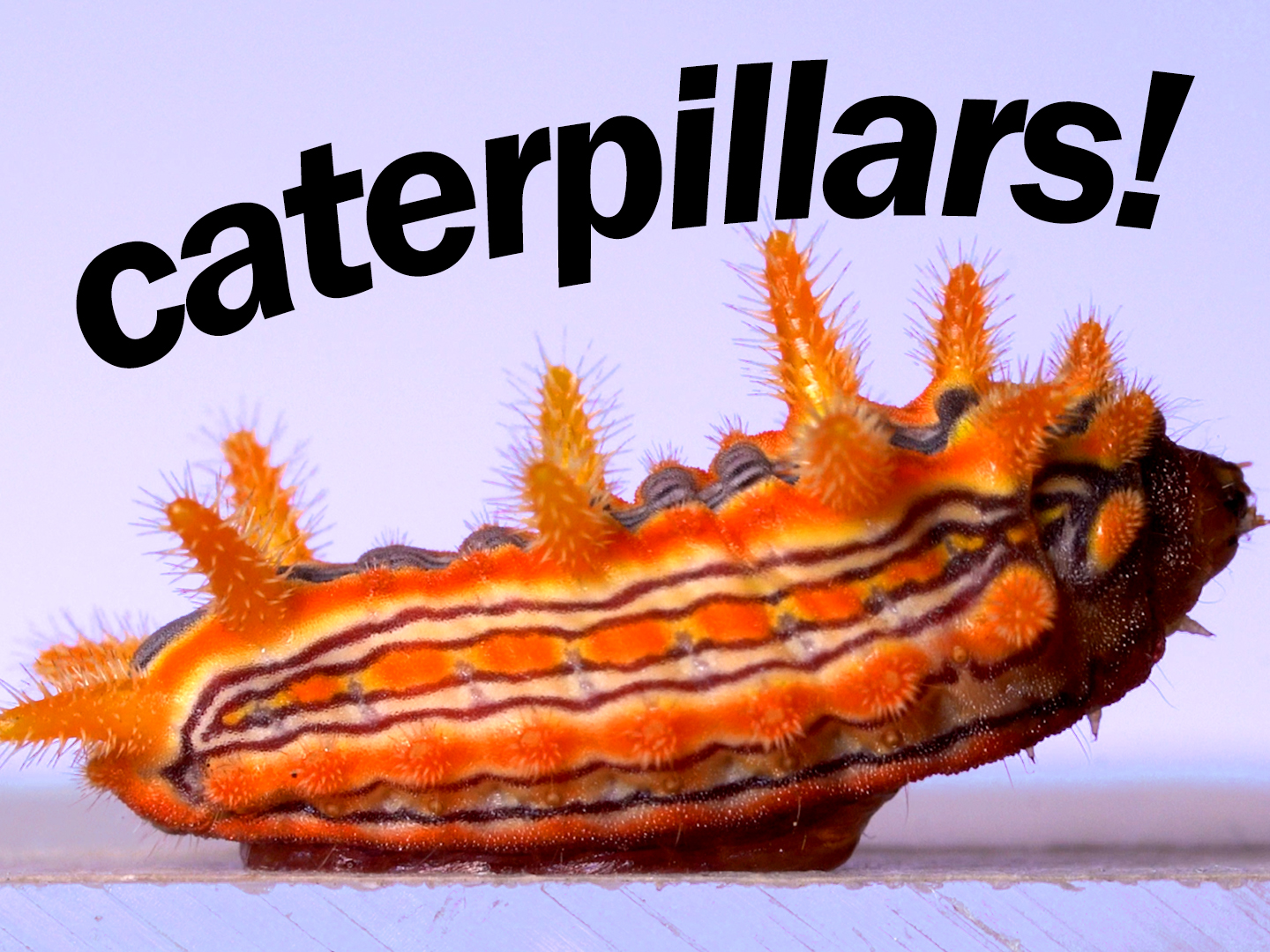
Caterpillars Are the Best!
November 17, 2025
Caterpillar biodiversity is one of the most important aspects of a healthy ecosystem. As plant consumers, caterpillars unlock nutrients locked up in leaves and convert it to usable energy that millions of animals, from birds to wasps, depend on. Of course, that means besides eating leaves, the other thing a caterpillar tries to do is… Read More >

